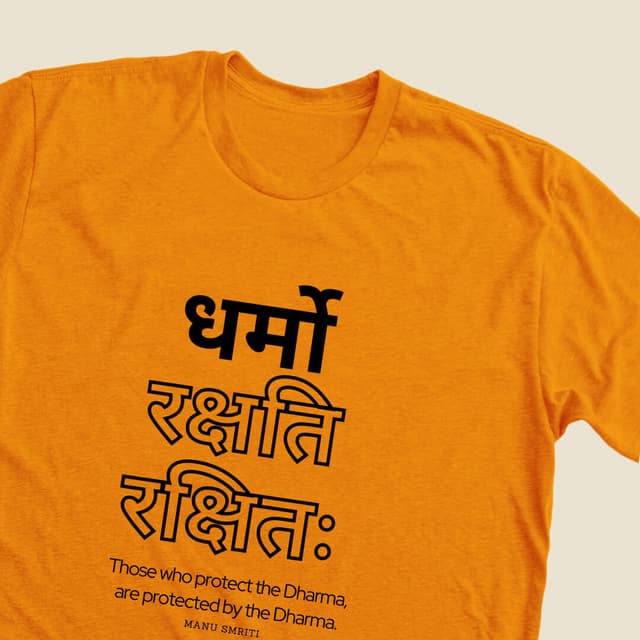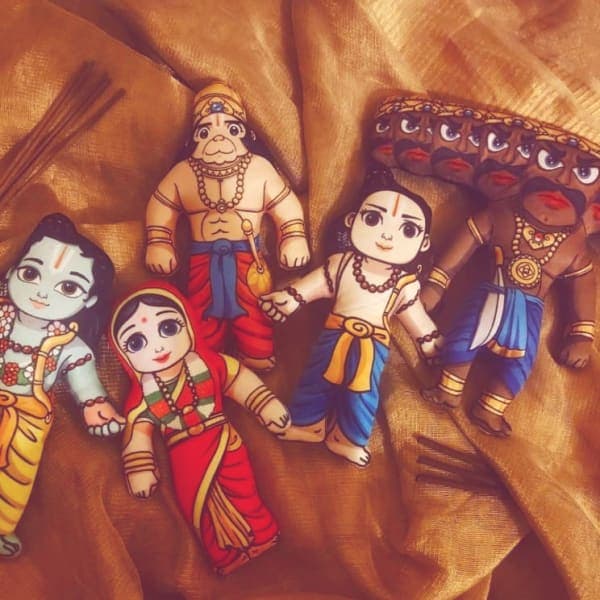Subhala Upanishad
It is attached to the Shukla Yajurveda, and classified as one of the Samanya Upanishads of Hinduism. The text is notable as the one frequently referred to by Ramanuja, the 11th-century proponent of Vishishtadvaita (qualified monism) school of Vedanta philosophy and a major influence on Vaishnavism. The Subala Upanishad is structured into sixteen chapters and deals a range of topics, including cosmology, physiology, psychology, and metaphysics.
0
The Subala Upanishad asserts that in this nothingness existed the absolute Para brahman, from which darkness emerged. This account resonates with the verses of the Purusha Sukta hymn 10.90 of the Rigveda.
The text states that from the darkness emerged ether (or space). In turn, air emerged from ether, fire emerged from air, water emerged from fire, and earth emerged from water. From earth emerged the egg, which split to create atmosphere and land. Between atmosphere and land emerged the divine person (Purusha) with one thousand heads, one thousand eyes, one thousand arms, and one thousand feet, who created death. The Brahman then created seven sons filled with truth, called Prajapatis. Out of the divine Purusha's mouth emerged the Brahmins, from the arms emerged the Kshatriya, from the thighs emerged the Vaishyas and from the feet emerged the Shudras. From his mind emerged the moon, from the eyes came the sun, from his heart came the life-force (prana).
...




